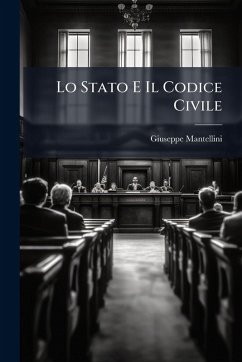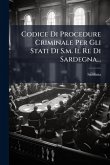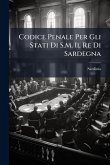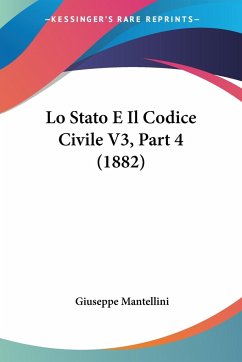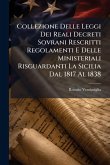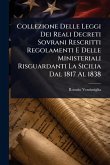Lo Stato E Il Codice Civile explores the intricate relationship between the Italian state and its civil code. Giuseppe Mantellini delves into the concept of the state as a legal entity and its liability for damages. The book examines key aspects of Italian law, including taxation and the management of ecclesiastical assets, providing a comprehensive overview of the legal framework governing these areas. This work is essential for anyone interested in understanding the historical and legal dimensions of the Italian state. This work has been selected by scholars as being culturally important, and is part of the knowledge base of civilization as we know it. This work was reproduced from the original artifact, and remains as true to the original work as possible. Therefore, you will see the original copyright references, library stamps (as most of these works have been housed in our most important libraries around the world), and other notations in the work. This work is in the public domain in the United States of America, and possibly other nations. Within the United States, you may freely copy and distribute this work, as no entity (individual or corporate) has a copyright on the body of the work. As a reproduction of a historical artifact, this work may contain missing or blurred pages, poor pictures, errant marks, etc. Scholars believe, and we concur, that this work is important enough to be preserved, reproduced, and made generally available to the public. We appreciate your support of the preservation process, and thank you for being an important part of keeping this knowledge alive and relevant.
Bitte wählen Sie Ihr Anliegen aus.
Rechnungen
Retourenschein anfordern
Bestellstatus
Storno

